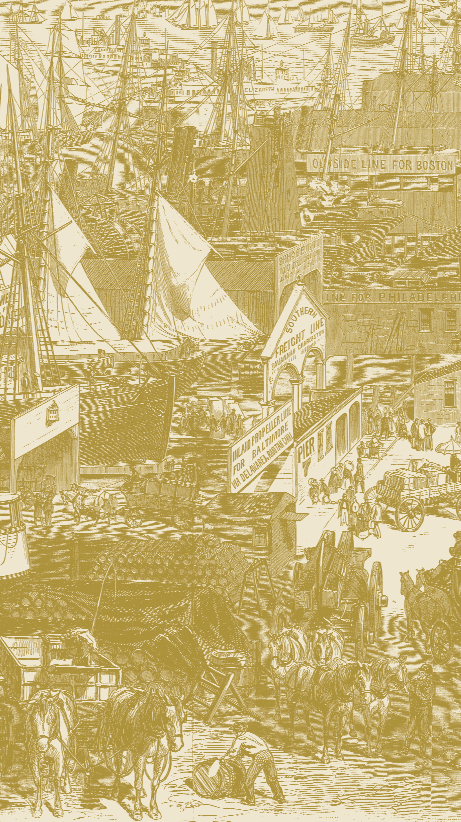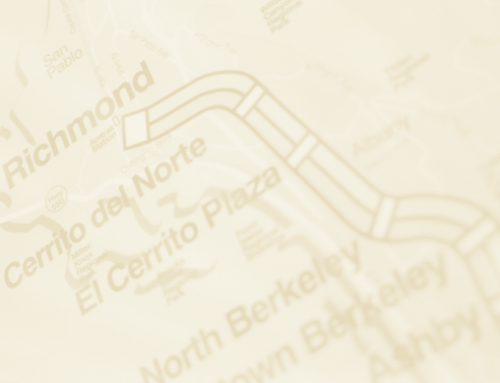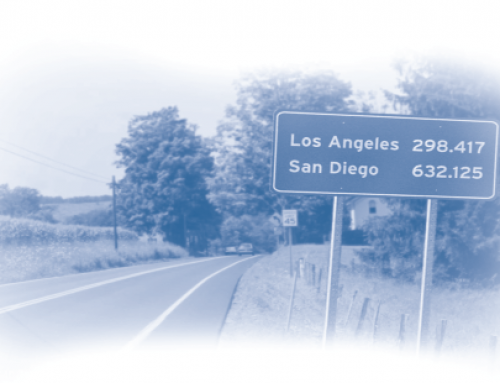Back in the early ’70s, a group of us at UC Berkeley got together to conduct the BART Impact Studies. BART was soon to begin operations, and we were out to capture baseline data that would allow later appraisal of the system’s outcomes. No metropolitan area had built a new subway system since the 1920s. There we were, living in the midst of a huge de facto natural experiment, so we felt obligated to observe it, measure it, and attempt to evaluate its effects.
BART had been planned to help strengthen the central city and to reorganize the suburbs. Its planners expected it to reshape land markets and reduce urban sprawl, to entice commuters from their cars and thus relieve traffic congestion, and to increase accessibility and thus promote economic development. In response to so broad an agenda, our research team was a multidisciplinary mix of city planners, transportation engineers, economists, psychologists, and no doubt others.
BART had been planned to help strengthen the central city and to reorganize the suburbs.
Daniel McFadden, a professor of economics, had never worked in transportation, but he saw here an opportunity to test some ideas he’d been pondering about consumer choice. Working with a group of graduate students from several fields, he conducted a series of home-interview surveys and theoretic studies, searching for ways to predict who would ride BART and why. That research led to his Urban Travel Demand Forecasting Project which, in turn, formalized new kinds of models for predicting travel behavior and then, more generally, consumer behavior. His 1973 article on discrete-choice analysis, “Conditional Logit Analysis of Qualitative Choice Behavior,” set new directions in econometrics, using models of consumer and firm behavior. He has since adapted his travel-demand models to consumers’ use of energy appliances, the economics of aging, incidences of illness and wellness, and the valuation of public goods.
His insights and innovations have by now been acknowledged with awards of the coveted John Bates Clark Medal from the American Economics Association, the Erwin Plein Nemmers Prize in Economics, the Frisch Medal from the Econometric Society, and, last year, the Nobel Prize in Economic Sciences.
He has since adapted his travel-demand models to consumers’ use of energy appliances, the economics of aging, incidences of illness and wellness, and the valuation of public goods.
Before BART began carrying passengers, McFadden projected its likely patronage at but half as many riders as BART itself was predicting. Then, when the trains began running and actual numbers of passengers were counted, his forecasts turned out to be right. So far as I know, few of the later patronage forecasts for rail transit systems in other metropolitan areas came even close to the counts of actual riders, even though McFadden’s models were fully available in the literature. Those discrepancies continue to raise questions about the methods and rationales behind overly optimistic projections.
BART’s own initial forecast of patronage anticipated 258,500 riders in 1975, about double the number who actually rode in that year (131,400). Now, thirty years after BART’s opening, I’m pleased to report that patronage is now running at about 313,000 one-way trips per weekday, reflecting a 34 percent increase in the district’s population, additional rail routes into the exurbs, ever increasing highway congestion, and maturation of the BART system. As Landis and Cervero reported here in Spring ’99, outside downtown San Francisco, BART has yet to generate the land use changes its planners hoped for. But now that people who live nearby are intimately familiar with BART, they’re equipped to make informed choices among available modes. And now that patronage is up, perhaps we can remain optimistic about BART’s potential role as agent of metropolitan betterment.
In the following excerpt from his acceptance address at the Nobel Award ceremony, McFadden describes the evolution of his research, and development of the discrete-choice models that are now standard in transportation planning and elsewhere.






